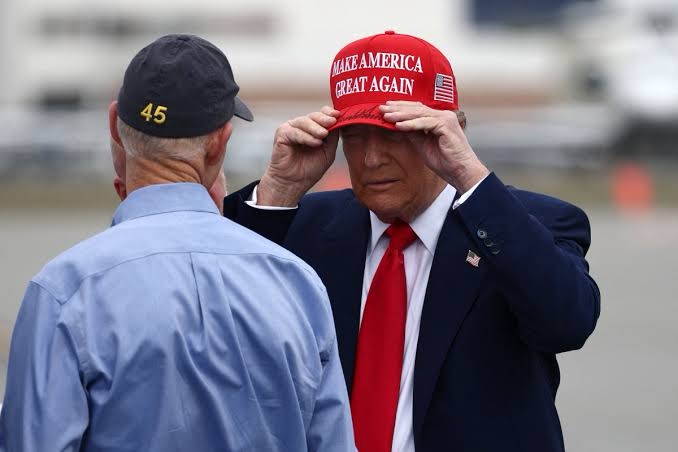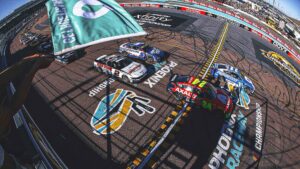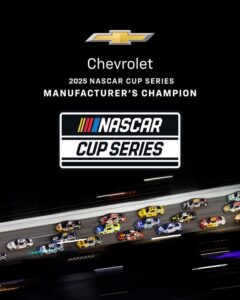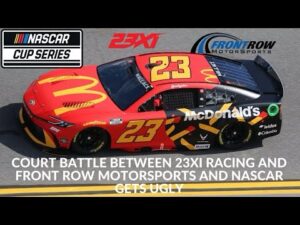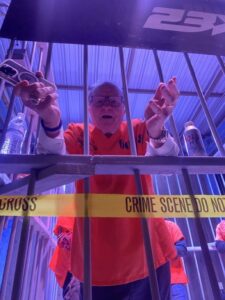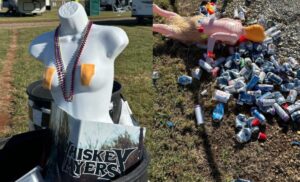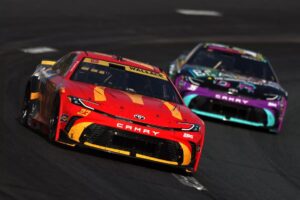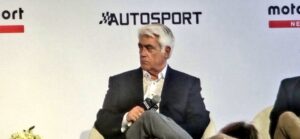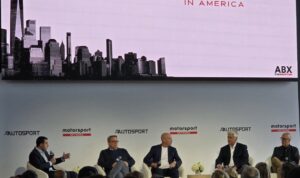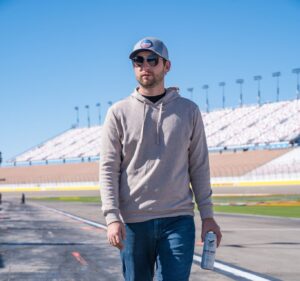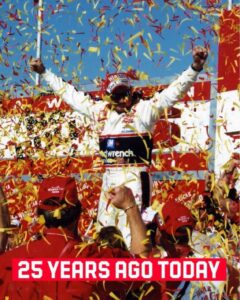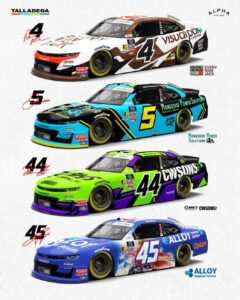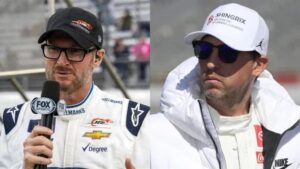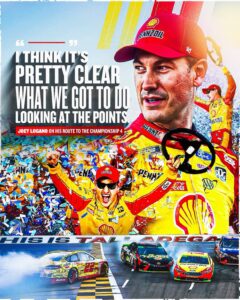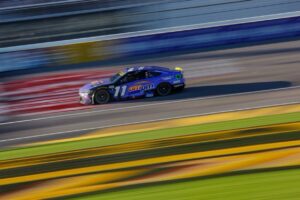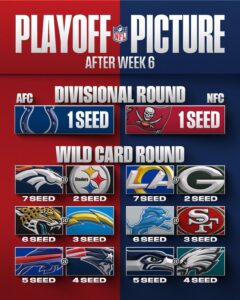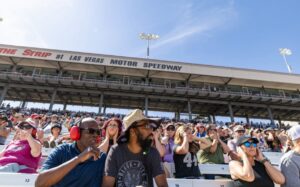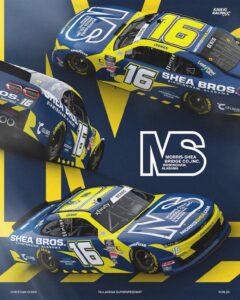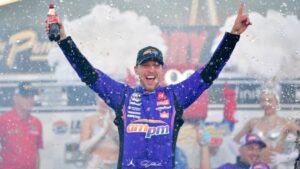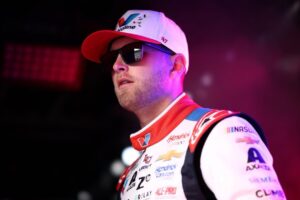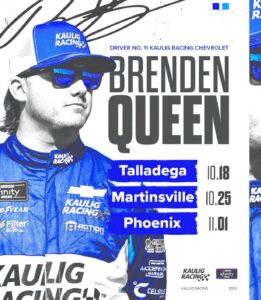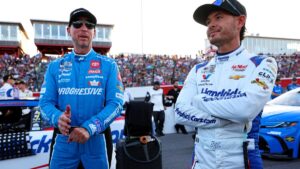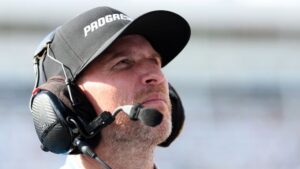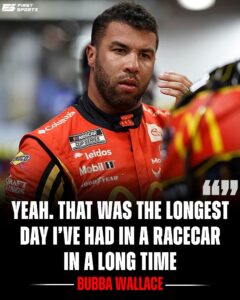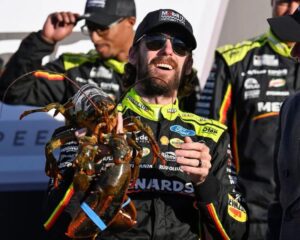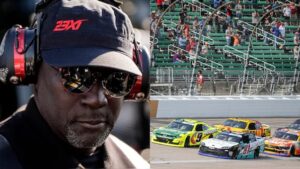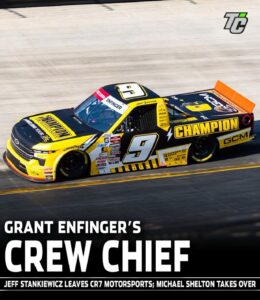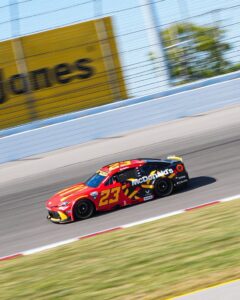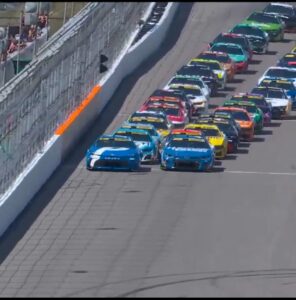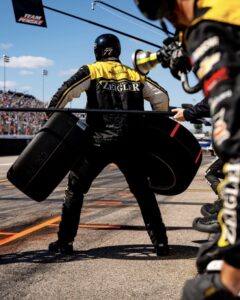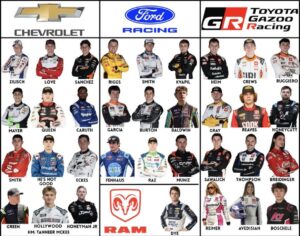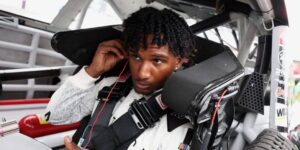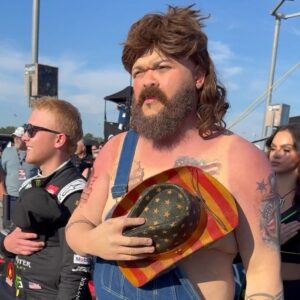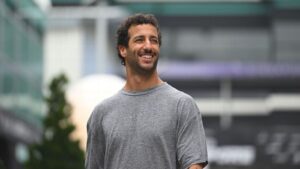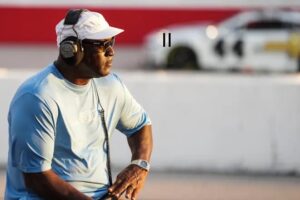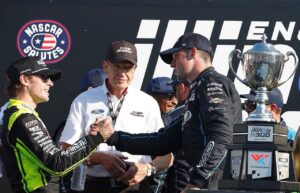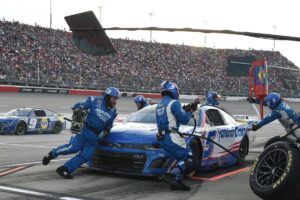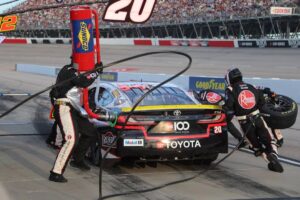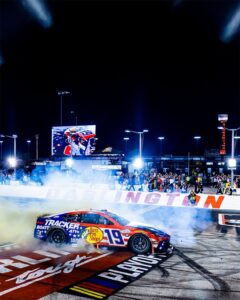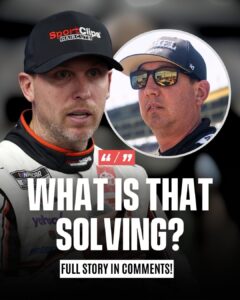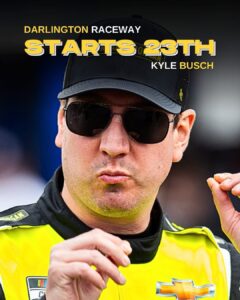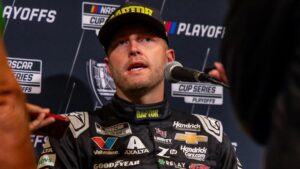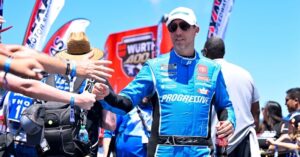During his presidency, Donald Trump’s affinity for high-profile sporting events—including NASCAR—raised both enthusiasm among fans and eyebrows among critics. While such appearances were often framed as symbolic nods to American culture, reports have revealed that these trips, particularly those involving NASCAR events like the Daytona 500, came at a significant cost to U.S. taxpayers.
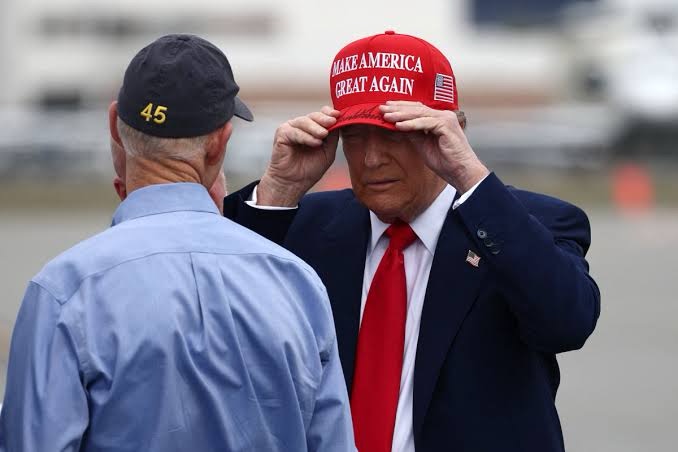
Racing Into Controversy
In February 2020, then-President Trump made headlines when he attended the Daytona 500, famously taking a lap around the track in the presidential limousine, “The Beast,” and serving as Grand Marshal. The event drew massive media attention, especially from NASCAR fans, many of whom celebrated the president’s presence and his pro-America messaging.
However, beyond the spectacle, the logistics of the visit came with a hefty price tag. Reports estimated that just the use of Air Force One and the required security and transport operations for the Daytona 500 trip reached several million dollars. This has fueled criticism from watchdog groups and political opponents who argue that such visits—especially to non-official events—blur the line between public duty and personal brand building.
Taxpayer Burden and Trump-Owned Properties
While presidential travel always involves significant cost, much of the scrutiny surrounding Trump’s trips stems from their frequency and destination. Over his term, it’s estimated Trump’s golf outings cost taxpayers over $150 million, with many of those trips taking place at Trump-owned properties. The Daytona 500 visit—though not at a Trump business—similarly raised concerns about whether public funds were being used to bolster personal image and political support, especially as Trump frequently tied his presence at sporting events to campaign messaging.
Critics argue that these high-cost appearances at events like NASCAR races offered limited governmental value, while reinforcing Trump’s appeal among key voting blocs. Supporters countered that they were a celebration of American tradition and the presidency’s engagement with popular culture.
Security or Self-Promotion?
Defenders of Trump’s NASCAR appearance cite the necessary security protocol that comes with any presidential visit. Regardless of location, the presence of the Commander-in-Chief requires advanced coordination by the Secret Service, military air transport, and communication support. However, skeptics argue that Trump’s focus on certain events—particularly sports with deep cultural and regional roots—seemed more about political theater than presidential duty.
The debate has remained active well after Trump’s presidency. The question persists: when does a president’s public engagement cross the line from leadership into personal promotion, and who should foot the bill?
Conclusion
Donald Trump’s attendance at the Daytona 500 may have thrilled race fans and reinforced his image among a key demographic, but the cost and intent of the trip continue to be scrutinized. As future administrations navigate the balance between visibility and responsibility, Trump’s NASCAR moment remains a controversial pit stop in the conversation about presidential privilege and taxpayer accountability.
